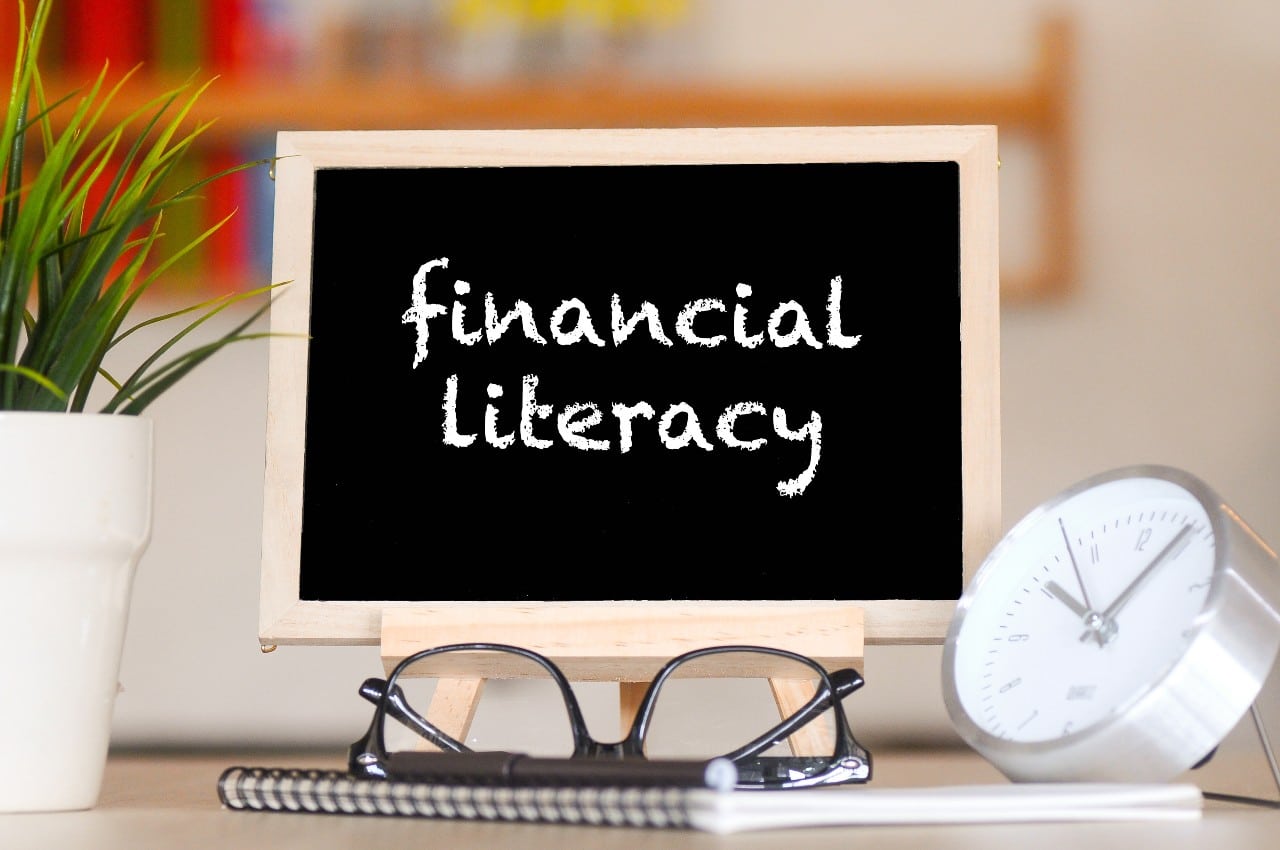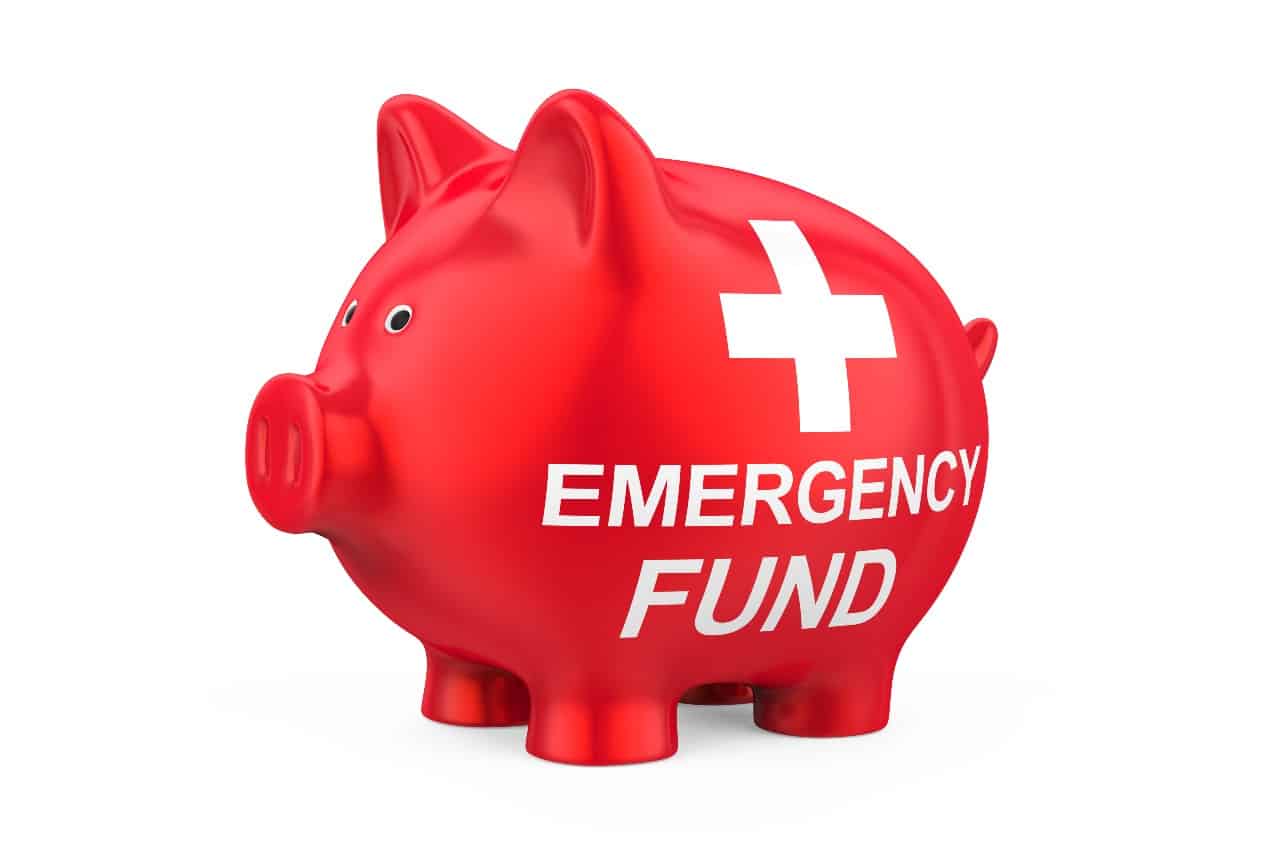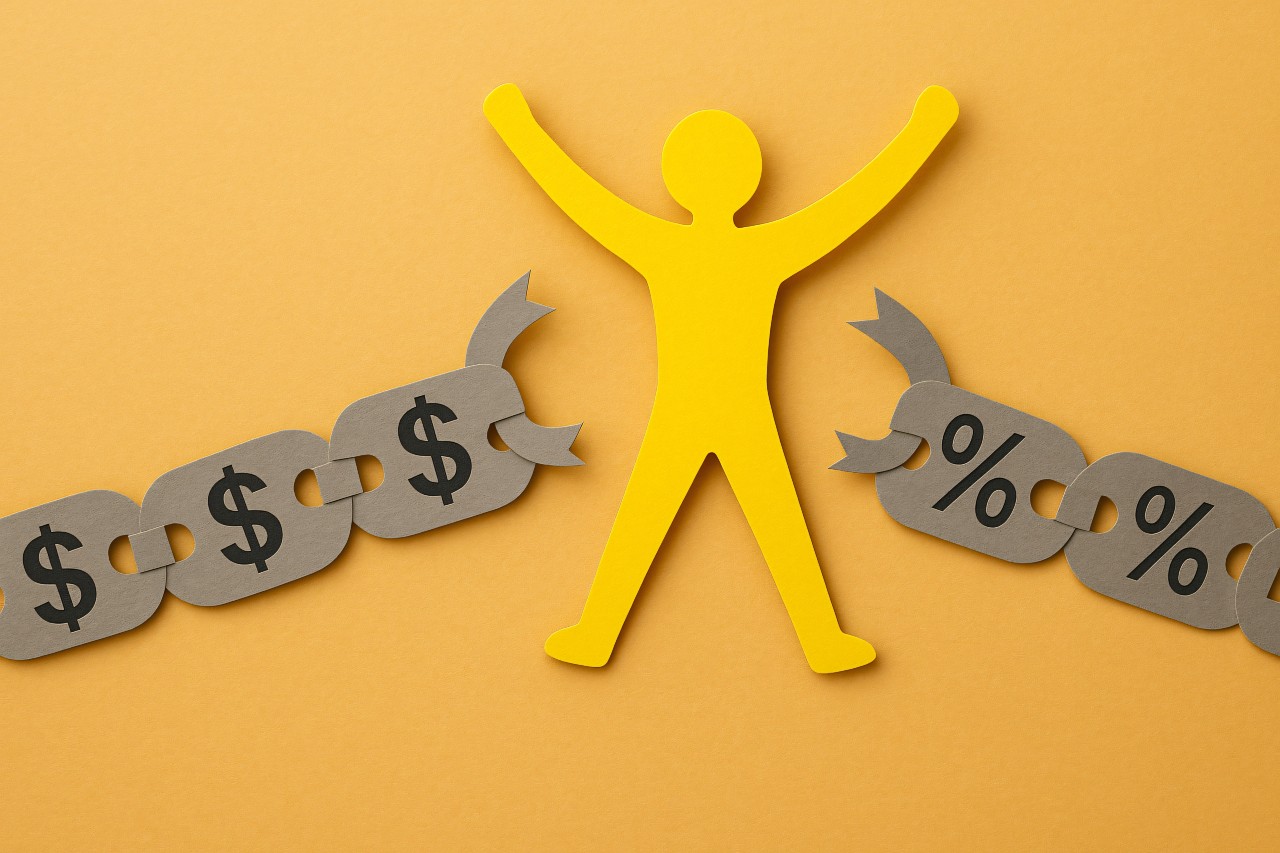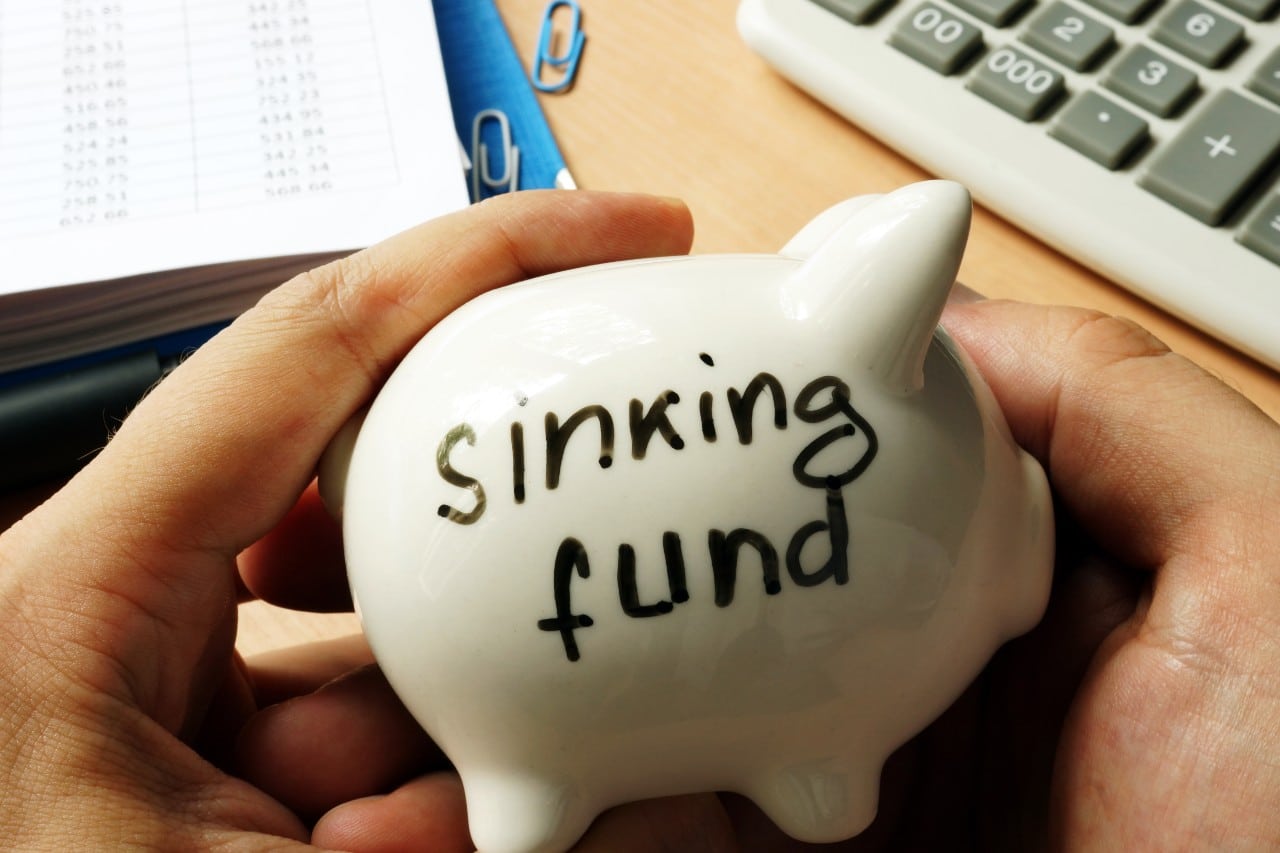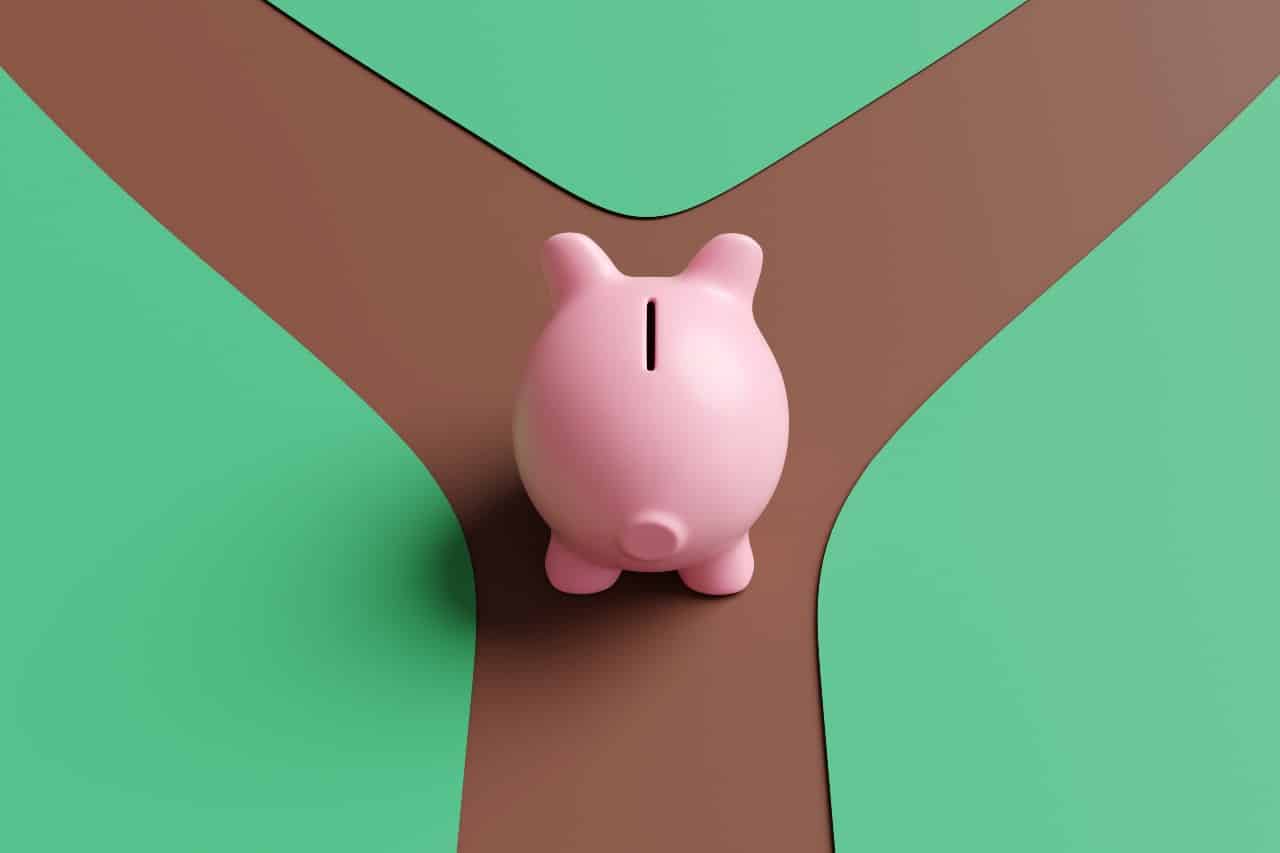There has been a steady increase in women entering the labour workforce since the 1960s. Correspondingly, the economic conditions of women and their families continue to change. Even today, there is a disproportionate number of women in the workforce, as compared to men. The infamous “wage gap” still persists, putting women’s financial health at risk.
The gender income disparity reduced by half from 1976 to 2015, taking it from $32,300 to $16,100. Notably, much of this reduction happened before 1995. Since then, it has plateaued, and the disparity is still very evident today.
The number of women who earn an income has continued to increase. This led to an increase in their contribution to the family income. It rose so much that in 2015, 40.9% of women earned over half their family income, up from 17.4% in 1976. Along with this boost in income came an increase in women’s influence on the family’s financial health. The thing is, there’s been a lag in matching this rise in income with financial knowledge.
A 2014 study reveals that Canadian women have lower financial literacy scores as compared to men. Only 31% of women felt they were financially knowledgeable. Interestingly, when couples shared financial responsibility of the household or had a similar income to male partners, there was no gender difference in financial knowledge.
Closing the gap
In light of this information, the government has recognized the need and created the National Financial Literacy Strategy and Financial Literacy Month.
“The ultimate goal of our National Strategy is financial resilience. Resilience is a word more commonly associated with mental and emotional fortitude – the ability to surmount rather than succumb to the challenges that life throws our way. Researchers who study resilience examine the contribution of two principal factors to resilience. Individual characteristics, choices and actions, and external, environmental factors that either enable the individual or act as barriers on their road to resilience. The path to financial resilience is no different. We need to help consumers take individual action, and we need an ecosystem that enables consumers’ ability to surmount shocks and adversity and build resilience.”
Dr. Supriya Syal, Deputy Commissioner, Research Policy, and Education
Every November, we support the government in this endeavour. This year we are talking about women’s finances. Our goal with this series is to provide the right information for women. To support you in the journey of taking charge of your finances with confidence.
With the right knowledge and tools, it becomes possible to stretch those dollars further. Budgeting, saving, and investing will support you on the way to being confident about your finances.
To kick off the series, today we’re talking about financial health and its importance.
Money management
If you haven’t taken a deep look at your finances yet, Financial Literacy Month is a great time to do so. It is important to revisit your budget occasionally to account for changes in life, income, or circumstances. This is the basic process to start managing your money wisely.
Track your net income and expenses
Pull together all the data for your sources of income, fixed expenses, and discretionary expenses. If your expenses are greater than your total income, it’s time to adjust. You’re either in debt or likely will be soon. Take some time to find a way to start paying any debt off and adjust your spending to live within your means. This happens to a lot of people, so don’t worry. What’s important is how you get back on track.
Make a plan for paying off your debt
A 2020 study notes that women are more worried than men about finances, 42% as compared to men’s 35%. Taking stock of where you are is the first step to relieving stress. Once you’ve created a budget and are aware of what your financial status is, you can start taking steps toward improving it. If you’re facing debt, know you’re not alone in this. The average Canadian owes their bank $73,500. Facing the issue head-on, and sooner rather than later, will help make resolving it much easier.
Put together an emergency fund
60% of women feel greater financial pressure, compared to 49% of men. 9 in 10 Canadians are feeling the effects of their finances on their wellbeing. To relieve some of this pressure, it is important to have an emergency fund.
You can start by going through your expenses and cutting out any discretionary expenses you can spare. You will have more breathing room once you are able to start paying off your debt regularly. Even while paying off debt, it is important to save and have an emergency fund. It’s recommended to make minimum debt payments and put any extra money towards an emergency fund. That is until you have enough saved to cover a small emergency. Doing so will help stop the debt cycle by preventing the use of debt to cover the emergency.
Build your credit score
A credit card is a simple way to build your credit score and bring it to good standing. Consistent repayments are a great way to show that you can reliably make payments on time. A good guideline to remember is to use no more than 30% of the available balance on your card and pay it off in full every month. There are also different ways to build your credit score without using a credit card.
A few tips for good financial health
- Focus on your journey towards being debt-free. This may involve cutting out some fun spending or pushing back an expensive purchase that’s not strictly necessary. However, remember this is only temporary and once you’re debt-free, the relief will be worth it.
- Make sure you’re allocating a certain amount to fixed expenses, flexible expenses, and discretionary expenses. While the first two cover necessities, the third can be modified with a smaller budget while you make larger payments.
- Make more money. In a 2021 study, 68% of women between the ages of 20 to 54 were employed full-time. Women make up a large part of the workforce, but the wage gap still persists. Know your worth and make sure you advocate for yourself to get the pay your hard work deserves.
- Identify needs vs. wants to combat lifestyle inflation. It’s tempting to spend some more money to treat yourself, and occasionally you should! In general, be aware of where your money is going and don’t succumb to lifestyle inflation beyond your means and budget.
- Make a habit of setting aside some savings every month. This helps build up your emergency fund, as well as help you start saving up for future goals. Whether it is paying off debt, a vacation, student loans, or even for retirement, saving a little every month is key.
- Saving and investing. Once you’ve built up a fair amount of savings and feel comfortable in being able to handle an emergency, start investing your money. You can start earning interest from your investments, and make even more money!
“Financial Literacy Month is a reminder there are many tools available to Canadians to help them with budget planning, paying down debt, and setting financial goals. What is important for us as a government is helping make life more affordable—and good financial literacy is a part of that. I encourage any interested Canadian to take some time this month and learn more about how to manage their money. It is never too late to start a personal financial plan.”
The Honourable Chrystia Freeland, Deputy Prime Minister and Minister of Finance
Key takeaways
Understanding your financial health goes hand in hand with quality of life. We hope this has helped set you on the right track to being more in tune with your finances. After you have resolved any outstanding debts, there are more steps to target on the path to financial independence.
Saving and investing help speed up the timeline to achieving your financial goals. Remember, increasing your savings when your income increases is a great way to avoid lifestyle inflation.
Take the first step today! Reach out at any time for a consultation with us if you need help getting started.


